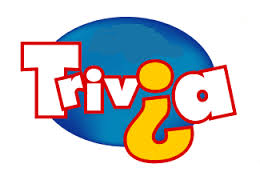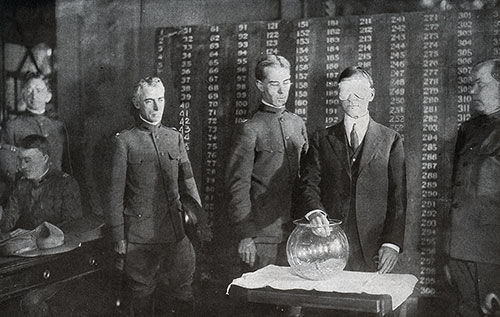
Reading a wonderful book that I highly recommend to you: Visible Bones by Jack Nisbet, 2003. He is a pre-eminent author of Pacific Northwest history. The chapter I just read really grabbed my attention: Did you know there were condors in the skies over the Columbia River in the early 1800s? Lewis and Clark likely spotted them on their 1805 journey down the Columbia but never having seen one before, but recognizing that they were HUGE and new and different dubbed them “a large buzzard.” Lewis wrote in his journal, “I believe this to be the largest bird of North America.”
Nowadays we only see condors flying over Grand Canyon in Arizona. But in days of yore, these 25-pound, distinctive-headed birds, with a wingspan of over nine feet and a bill-to-tail measurement of four feet, could be seen all along the Columbia River as far north as into Canada.
So what happened to them? Check out a copy of Visible Bones.

